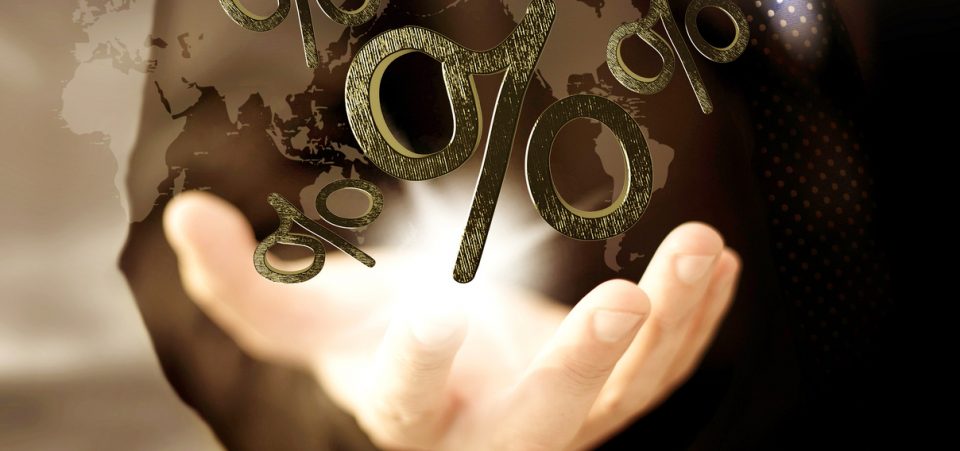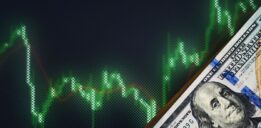In the Midst of the Financial Crisis, Central Banks Lowered Rates
At the peak of the financial crisis of 2008–2009, the U.S. Federal Reserve jumped in and started to lower interest rates and print money—it was called quantitative easing.
Around 2011, when the European debt crisis was getting out of hand, the European Central Bank (ECB) came to the rescue. The ECB said it would do whatever it takes to save the eurozone.
The ECB did exactly what the Federal Reserve started in 2008: it lowered interest rates and started to print money. The Central Bank of Japan had already been printing money during this time. The Bank of England also lowered rates and got involved with quantitative easing.
Central Banks Now Raising Rates
Fast forward to the current time, when we are told that the financial crisis has been averted and that there’s economic growth across the board.
This shouldn’t be news to anyone; the Federal Reserve has stopped printing money and is raising rates. The ECB is talking about higher rates and an end to its money printing, too.
Ardo Hansson, Bank of Estonia Governor and ECB governing council member, recently said, “The market expectation is such that the rates might start rising at a moderate rate in the middle of next year. We still have to look at what the developments will be. When we are confident that inflation is on a moderate growth path, exiting may be a bit faster.” (Source: “Bank of Estonia chief: ECB may hike rates faster than market expectation,” ERR News, June 6, 2018.)
The Bank of England could be raising rates sooner rather than later.
Japan, notorious for its money printing, is putting the brakes on slowly. In January, the Bank of Japan trimmed its purchases of government bonds. More recently, the central bank decreased purchases of the five-to-10 year bonds by ¥20.0 billion. (Source: “BOJ Unexpectedly Cuts Bond Buying in Test of Yen Speculators,” Bloomberg, June 1, 2018.)
Why a Major Crisis Could Be Looming
Dear reader, with all this happening, I haven’t seen or heard many asking about what’s next. There are very few who are questioning the rising interest rates.
You see, after the major banks lowered interest rates and started to print money, investors rushed to find higher returns. They moved toward risky investments and relatively volatile markets.
For example, we witnessed a lot of money go into high-yield bonds (these bonds are also referred to as “junk bonds” because they have a high default risk) and emerging markets.
To give you some perspective, according to the Securities Industry and Financial Markets Association (SIFMA), between 2009 and 2017, $2.4 trillion worth of high-yield bonds were issued. (Source: “US Corporate Bond Issuance,” Securities Industry and Financial Markets Association, May 2, 2018.)
In the previous nine years, junk bond issuance was just around $849.2 billion.
As for emerging markets, we don’t really have exact figures about how much money went toward them.
But just look at how their stock markets have performed and how their currencies have increased in value since the 2008/2009 financial crisis. It says that a lot of money went in.
My thoughts: as central banks raise their interest rates, we could have the next financial crisis brewing. Investors be careful.
Central banks have been acting like bartenders over the past few years. Just as a bartender can refuse to give you more drinks, central banks have been taking away the low interest rates and easy money.
Mark my words: it won’t end well.
Things will take some time to develop, but the next financial crisis could be triggered by central banks. And it could be worse than the last one.






